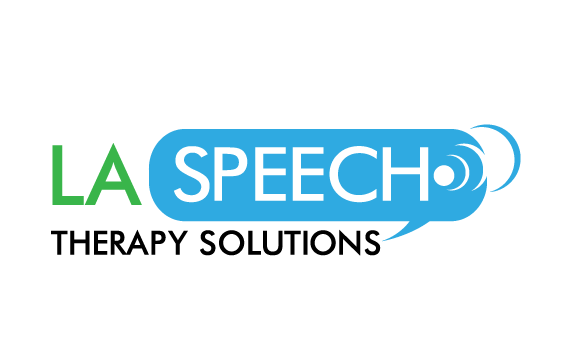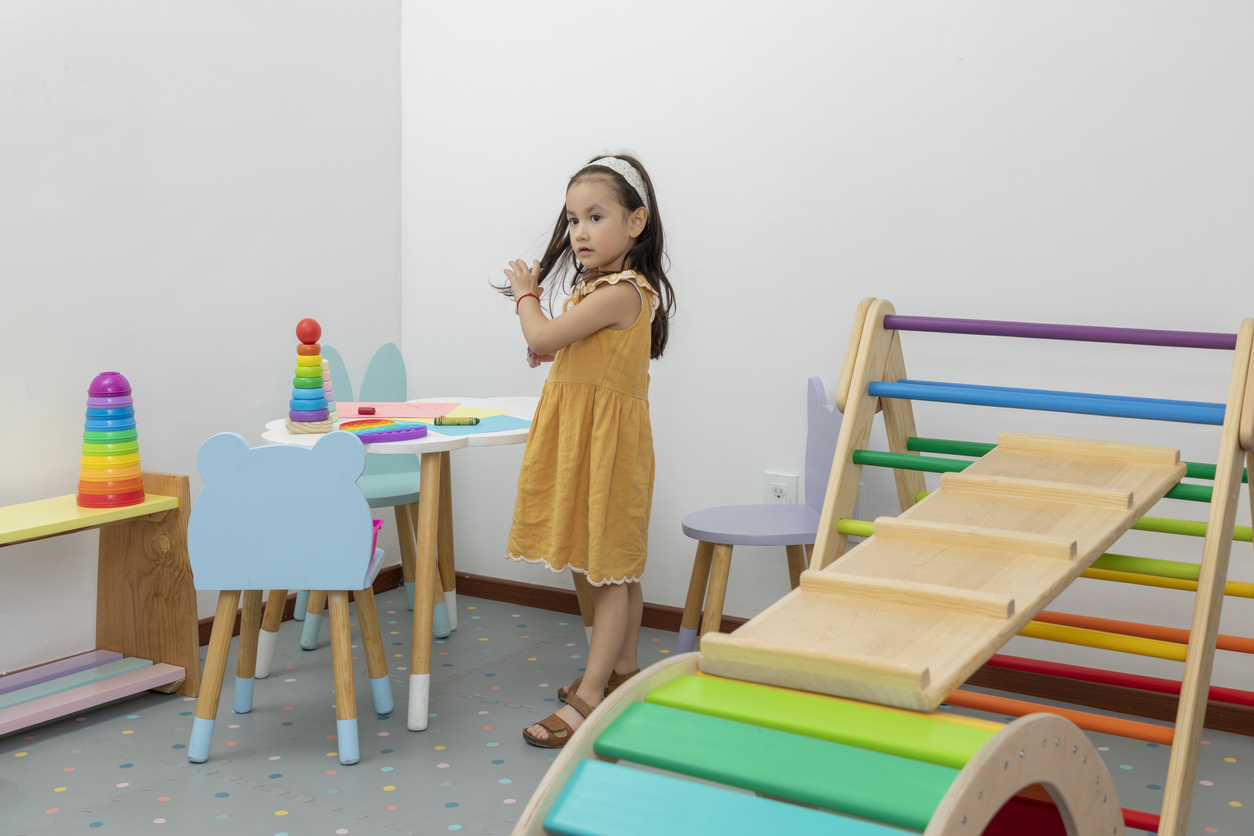
When it comes to stuttering in little children, it could pose great difficulty coupled with emotional overtones. If not checked early enough, it will not only affect the persons but also their families therefore calling for immediate attention to manage it properly is important. This article examines various treatment methods for younger children who stutter and provides insight into deciding on first-class therapy options. With expert knowledge of characteristic strategies and their blessings, parents and caregivers can make informed decisions to help their toddler’s speech development. If you’re looking for “stuttering speech therapy near me”, “occupational therapy for paediatric near me”, or “speech and occupational therapy “, this guide will help you navigate your options.
Understanding Stuttering
Stuttering, also called stammering, is a condition caused by the repetition of sounds, syllables and phrases as well as blocking in speech delivery. In this form, it mostly manifests in children aged between two years to five years old when their language proficiency is growing rapidly. While the exact reason behind stuttering is unknown, factors along with genetics, neurophysiology, and family dynamics may contribute to its development. Early intervention through speech and occupational therapy can significantly improve outcomes.
Key Approaches To Stuttering Therapy
1. Direct Therapy
Direct therapy involves working directly with the child to change their speech behaviour. This method is usually encouraged for young people who have stuttered for a long time, or for people who show signs of struggle and frustration. The techniques consist of:
a) Fluency shaping
This method teaches the child to speak more fluently by controlling breathing, speech and vocal cords. Therapists use sports to help the child produce clear and extended speech sounds.
b) Adjustment of stuttering
This approach makes it easier for the child to stutter in addition without problems and with much less tension. It includes identifying moments of stuttering, reducing the fear associated with stuttering, and learning techniques to handle it effectively.
Direct therapy is exceptionally effective when administered by specialists specialising in “stuttering therapy near me” or “speech and occupational therapy.”
2. Indirect therapy
Indirect remediation specialises in creating a supportive environment that promotes fluent speech. This approach is often used with younger children or people who are much less aware of their stuttering. Strategies include:
a) Parental involvement
Parents can change their speaking habits by reducing the volume of speech, pausing more often and using less complicated language. This supportive communication style helps reduce the child’s effort to speak fluently.
b) Environmental modifications
Creating a low-stress environment at home and school can reduce a child’s tension about speaking. Encouraging fantastic strengthening and endurance can foster an extremely relaxed environment of communication.
Indirect Remedy is the best starting point for those exploring “Occupational Pediatrics Near Me” options.
Combination of Speech and Occupational Therapy
Speech therapy in conjunction with occupational therapy can be effective for certain teenagers. Occupational therapy addresses underlying physical and sensory problems that can affect speech. This holistic method ensures that all elements of a child’s improvement are taken into account.
i) Sensory integration therapy
This method enables young people who have sensory processing issues that may interfere with their ability to communicate successfully. By strengthening a child’s sensory competencies, his typical communication skills may be more desirable.
ii) Fine Motor Skills Development
Occupational therapists work to improve a child’s prime motor skills that are vital for duties along with writing and using conversational devices.
Parents trying to find “speech and occupational therapy” will find that this combined method offers a comprehensive solution for dealing with stuttering and related problems.
The Role of Technology in Stuttering Therapy
Advances in technology have added new equipment and resources for stuttering therapy. These tools can be particularly useful for households looking for “stuttering therapy near me” and “speech and occupational therapy” services.
1) Speech therapy apps
There are many apps designed to support young people working on sports events with speech at home. These apps provide interactive and engaging ways for children to paint according to their fluency.
2) Teletherapy
Online therapy courses provide flexibility and accessibility for families who may not have access to specialised therapists in their neighbourhood. Teletherapy can be a valuable aid for ongoing guidance and monitoring of progress.
Choosing the Right Therapy for Your Child
When deciding on a gentle correction technique for a young child who stutters, keep the following factors in mind:
i) Severity of stuttering
The severity and frequency of stuttering episodes will influence the choice of therapy. Mild stuttering may benefit from indirect approaches, focusing on creating a supportive environment, while more severe cases might require direct intervention with specialized techniques. A professional assessment can help decide the most appropriate intervention.
ii) Children’s awareness and response
Younger children or those who are much less aware of their stuttering may additionally benefit more from oblique treatment, while older children or those showing signs of frustration may additionally require direct therapy.
iii) Availability of services
Access to qualified therapists is vital. Searching for “stuttering therapy near me,” “occupational therapy paediatric near me,” and “speech and occupational therapy” can help you become aware of nearby resources.
iv) Involvement of the family
The phase of involving the circle of relatives in the method of correction is critical. Approaches that consist of character training and help generally have better effects.
Stuttering in young children requires a considerate and informed treatment technique. By knowing the specific remedial options—direct, indirect, and combined speech and occupational remediation—parents can make excellent decisions for their child’s needs. Early intervention and the use of modern technological devices could increase the effectiveness of correction.
If what you need is “stuttering therapy near me”, “speech and occupational therapy” or “occupational therapy paediatric near me”, contact us. We can provide tailored help for your toddler. Remember that early and appropriate intervention can have a significant impact on your toddler’s communication skills and general self-esteem. Take the first step today and discover the alternatives available in your region to make sure your child receives the best possible care.





